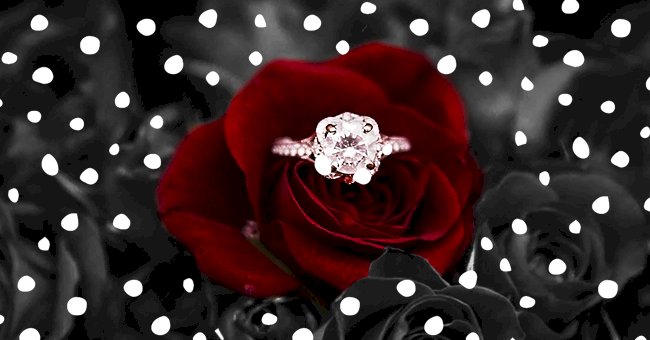
A Glimpse Into The History Of Engagement Rings
Engagement rings have made a long journey from being treated as symbols of ownership to establishing themselves as signifiers of love and commitment.
It may come off as surprising, but engagement rings have not always been considered so valuable. Their importance only started getting realized much later with changing times.
People see engagement rings as emblems of genuine feelings and dedication in a relationship. However, this wasn't always the case. Let's have a look at how engagement rings have evolved throughout history.
Ancient Marks Of Ownership
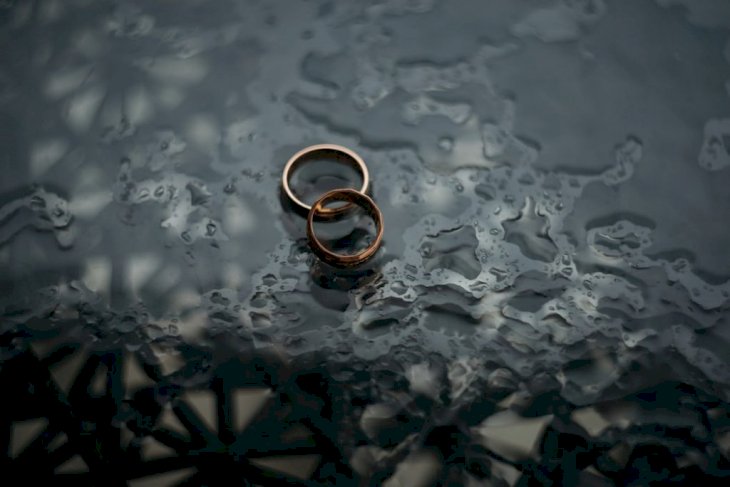
Photo by Zoriana Stakhniv on Unsplash
The journey of engagement rings dates back to Ancient Rome, where they were merely marks of ownership. Rome's women wore rings made of ivory, flint, bone, copper, and iron as an affirmation of sheer obedience, mutual feelings, or a business contract.
It was much later that gold rings were introduced, and they quickly became the metal of choice. The Romans also liked the idea of two engagement rings - a gold ring to be worn in public and an iron ring worn at home.

Photo by Felipe Salgado on Unsplash
Soon afterward, gimmel rings started gaining importance. They came with two or more hoops that connected to become one ring. After the engagement, the circles would be worn separately by the man and woman.
When the wedding happened, both the hoops unified, and the bride got to wear the complete ring. Gimmel rings kept evolving until the sixteenth and seventeenth centuries and were particularly preferred by the French.
Symbolic Of Marriage
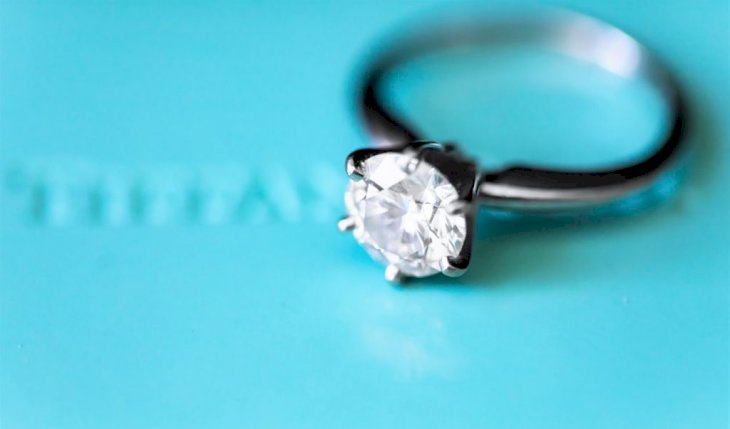
Photo by __ drz __ on Unsplash
Over time, engagement rings were seen by people as much more than just ownership marks. Pope Nicholas I was the one who declared that engagement rings equaled a man's willingness to get married.
At this time, women started preferring gold rings, and soon diamonds made an appearance. The Victorian engagement rings became quite popular with their solitaire style, featuring a Tiffany solitaire diamond mount.
Popularity Of Diamond Rings
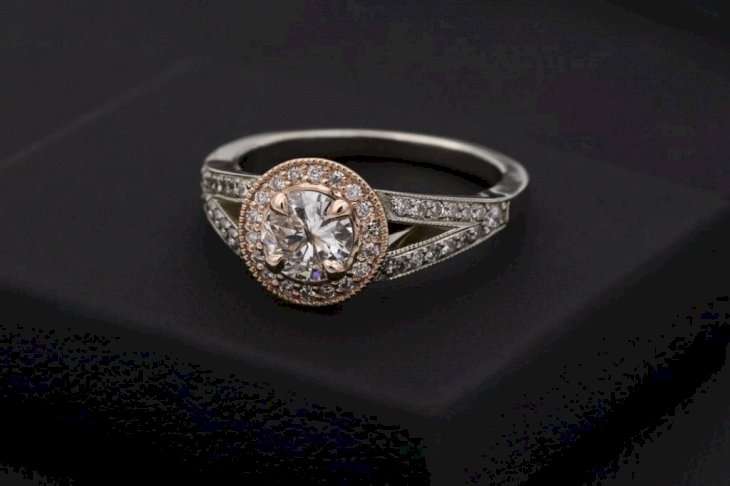
Photo by Sabrinna Ringquist on Unsplash
The first time diamonds graced an engagement ring was back when the Archduke proposed to Mary of Burgundy. However, it was not until the mid-1900's that the people accepted the diamond rings.
If you're familiar with the slogan, "A diamond is forever," then you must know that it was coined in 1947 by De Beers, a British company involved in mining diamonds in South Africa. The entire campaign was run by looping in Hollywood celebrities to establish diamonds as emblems of an everlasting communion.
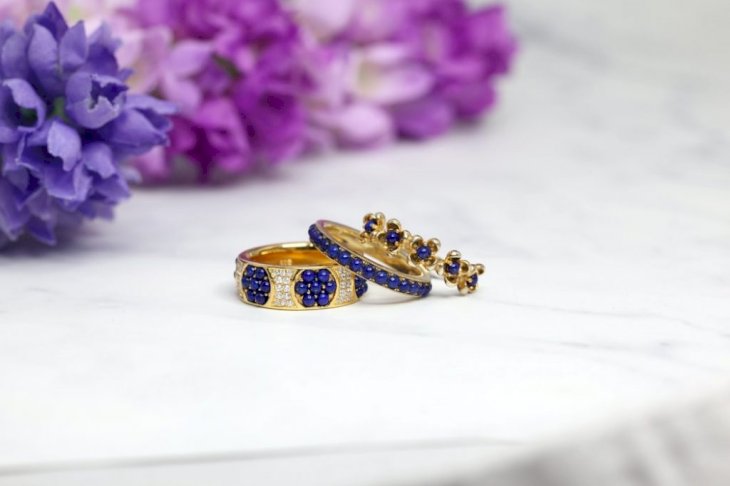
Photo by Cornelia Ng on Unsplash
The Edwardian and art deco style rings started getting replaced as the fashion in the 1940s was all about doing "more with less." Flowers, leaves, and other designs were introduced, alongside smaller stones.
Later on, emerald cut rings also came into play. The trend continued with notable Hollywood Celebrities like Marilyn Monroe and Elizabeth Taylor choosing emerald engagement rings.
From Excess To Less
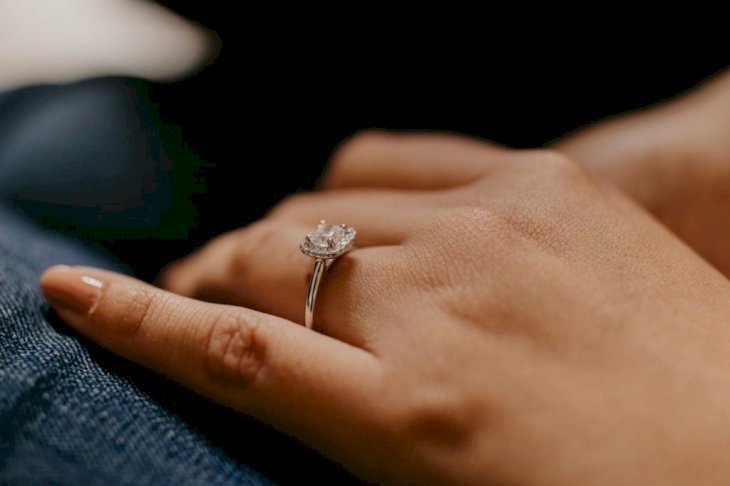
Photo by Karina Thomson on Unsplash
Engagement rings reached their excess in the '80s, with extra touches and stones for support and glamor. Of course, women back then were looking for extravagance in their rings, which affected the general trend.
It wasn't until 1990 that the rings came back to the minimal possible designs. Less became the new more and simplistic designs started becoming popular. Platinum, white gold, and small round solitaire diamonds were the top trendsetters.
Engagement Rings In Recent Times
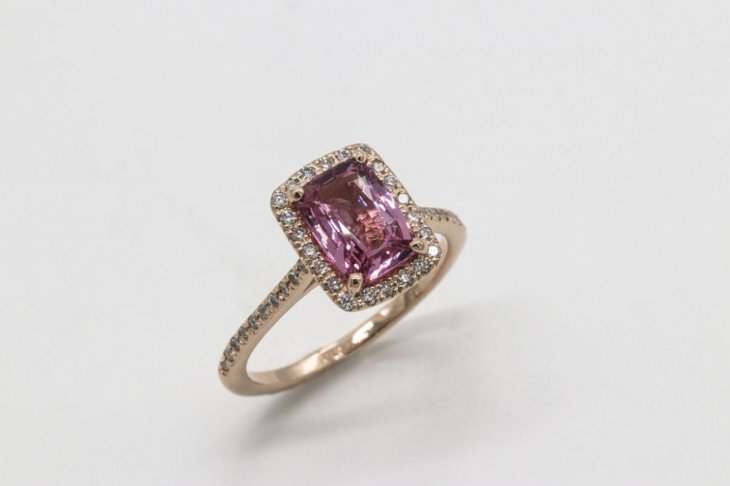
Photo by Sabrinna Ringquist on Unsplash
Recent times have seen a drastic change in engagement ring styles and designs. While some brides still prefer donning a diamond ring, there's also an increased preference for colored stones and other unique metals.
Some women still prefer visiting the 80's and 90's trends and style of engagement rings, like the Royals. Engagement rings have enjoyed a rich history, and their importance as symbols of love and dedication has only become strong with time.